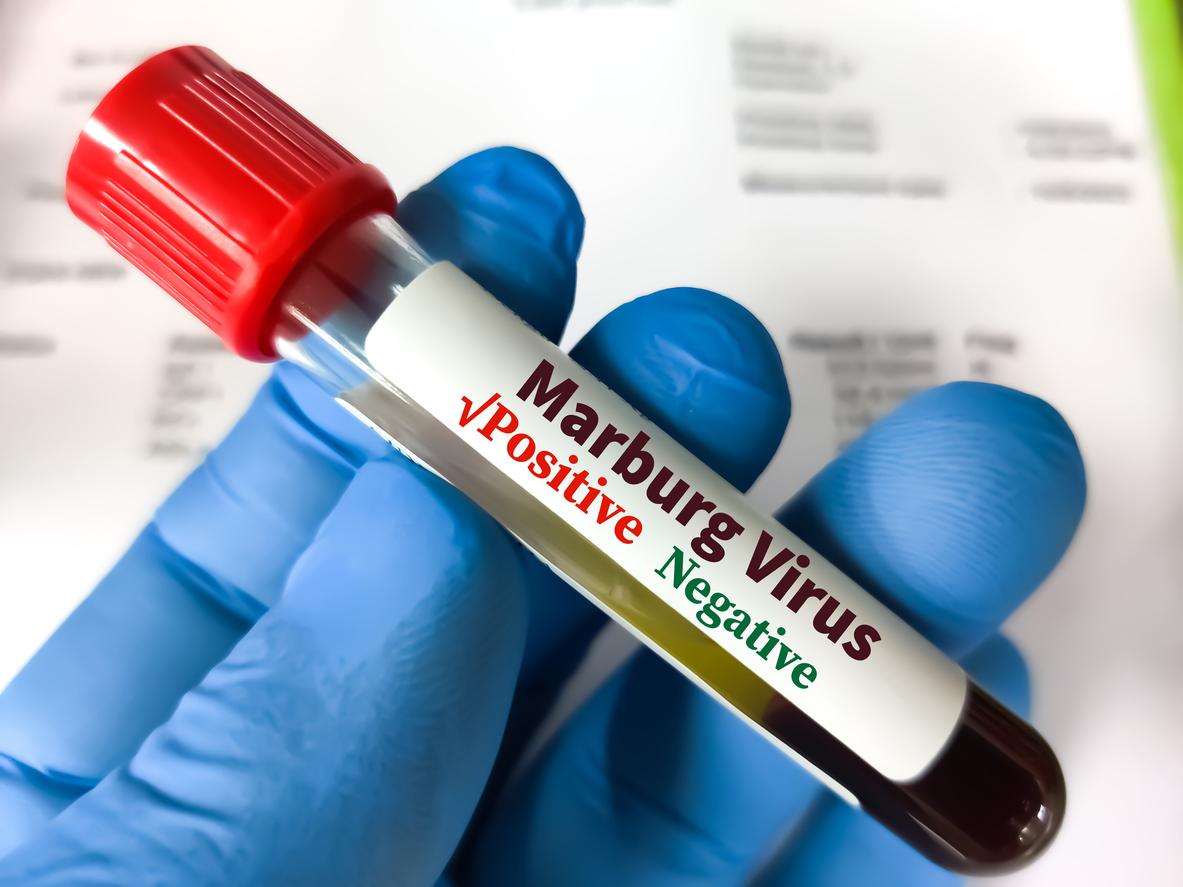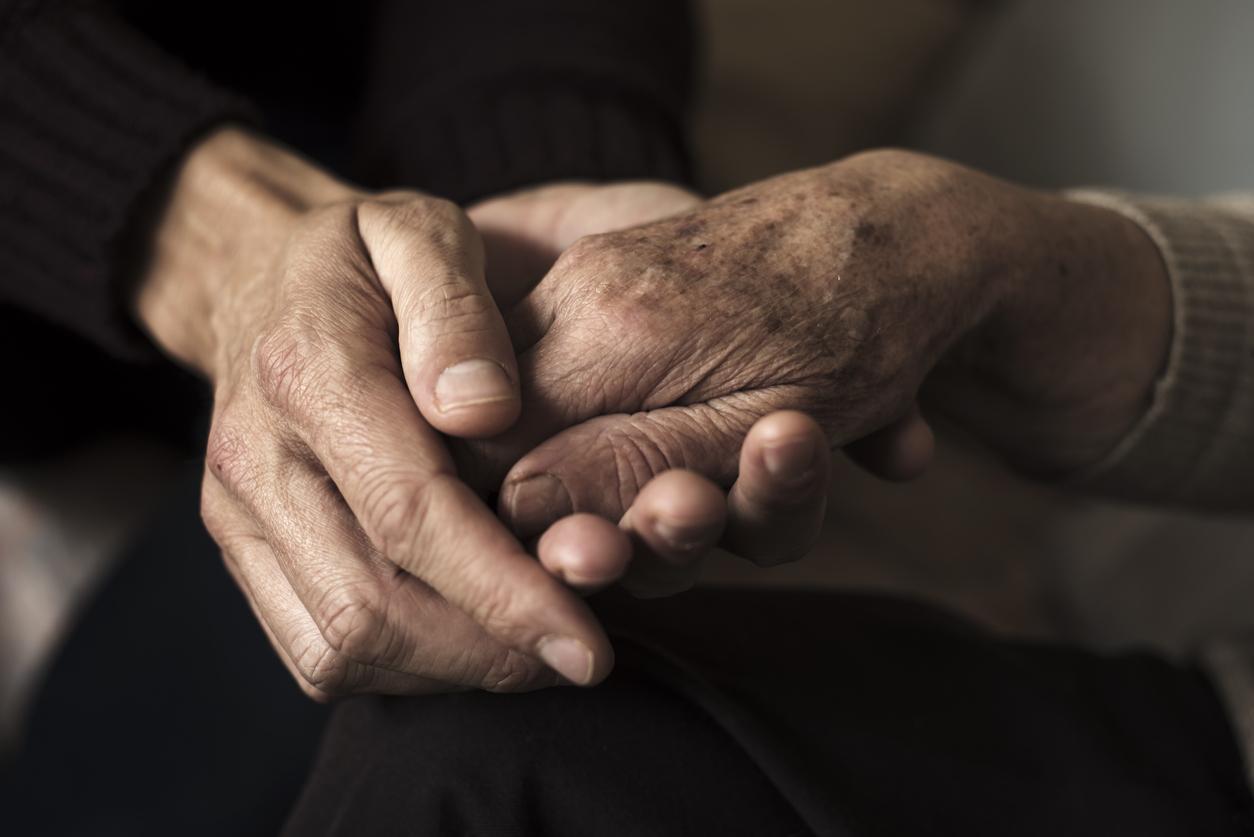In the United States, cryogenics is attracting more and more people. By using this process after their death, they hope that science can bring them back to life one day.

- In the United States, cryogenics is becoming more and more popular.
- For several tens of thousands of dollars, it is possible to be preserved after death.
- People using these types of services hope to be able to be brought back to life when science has found a way to do so.
Is it possible to reverse the course of life? In any case, this is what thousands of people around the world are hoping for. They use cryogenic services: their bodies are frozen after their death to keep their cells intact, with the aim of being “resurrected” the day science allows it. In the United States, there are more and more of them, as reported by Daily Email.
More and more people are resorting to cryogenics
In Michigan, the Cryonics Institute specializes in cryonics. Around 2,000 people have used the company’s services, including more than 1,300 Americans and 128 Britons. Between 2006 and 2023, this number has tripled. “The center prides itself on being affordable for the average person, with full body preservation starting at $28,000, usually paid for by life insurance.”specifies Daily Email. The British daily affirms that this type of service is no longer reserved for the elite: among the deceased people stored, there are professors, students and even secretaries.
How does cryogenics take place?
After a person dies, the body is cooled with ice. All fluids, including blood, are drained because freezing them could damage body cells. Instead, a special liquid, called cryoprotection, is injected to prevent the formation of ice. The organisms are then stored at -196°C for about five and a half days, in a computer-controlled unit. Then, they are placed in a sort of large tube, where the temperature is maintained at -170°C using liquid nitrogen.
Cryogenization: a bet on the future
The hope of people using this type of method is to one day return to life thanks to major scientific advances. “Even if scientists figure out how to bring people back to life, they will also have to figure out how to reverse the aging process and the condition that caused their death in the first place.”reminds him Daily Email. This uncertainty about the usefulness of cryogenics in the long term poses numerous ethical questions, given the high prices charged. “What we do is pretty rational when you think about it, believes, conversely, the president of the Cryonics Institute, Dennis Kowalski. Cryonics is like an ambulance ride to a future hospital that may or may not one day exist. Although we make no guarantees, if you are buried or cremated, your chances of returning are zero. We are therefore a bet by Blaise Pascal, or a bet with little to lose and everything to gain.” In France, as recalled Releaseonly two types of burial are authorized: burial and cremation, which makes cryogenics prohibited.















